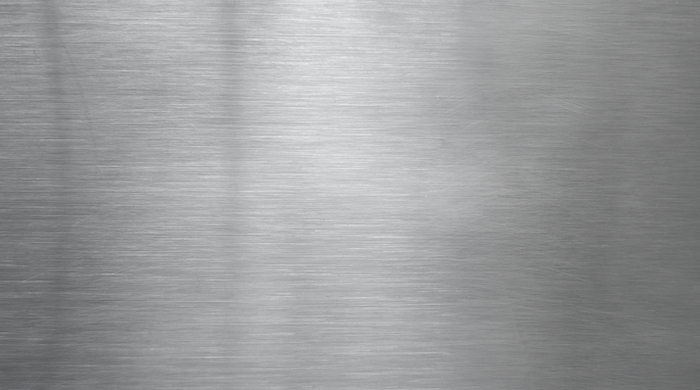by teylor@alterendeavors.com | Sep 21, 2020
A Long Grain finish, also commonly referred to as a “Hairline” finish is considered a #6 Satin that receives additional polishing in order to give the appearance that the grain runs continuously for the entire length of the product. This particular finish is often...
by teylor@alterendeavors.com | Sep 21, 2020
A Non-Directional Satin finish is considered a random orbital finish achieved by sanding with coated abrasive pads, with no specific direction of the grain. This particular finish is often applied to a variety of metal types for use in elevators and escalators.
by teylor@alterendeavors.com | Sep 21, 2020
How Is the #6 Satin Finish Produced? The #6 satin finish is similar to #4, but with an even finer and smoother appearance. After initial polishing, the final finish is achieved by polishing with a 240-320 grit abrasive belt. This results in the finer texture while...
by teylor@alterendeavors.com | Oct 19, 2020
A cross-grain satin finish is achieved by sanding with coated abrasive pads, in a cross-hatch pattern. This particular finish is often applied to stainless steel for use in architectural projects.
by teylor@alterendeavors.com | Sep 21, 2020
How Is the #4 Satin Finish Produced? The #4 satin finish is similar to #3, except more refined looking and featuring a smoother appearance. After initial polishing, the final finish is achieved by polishing with a 120-180 grit abrasive belt. #4 Finish Use Cases As...
by teylor@alterendeavors.com | Sep 21, 2020
What Is a #3 Satin Finish? A #3 satin finish is achieved by polishing the metal type on a wide belt machine using coated abrasive belts. Traditionally, this results in a coarser appearance as the final polishing is done with a 100-120 grit abrasive belt. The #3 finish...

by teylor@alterendeavors.com | Sep 21, 2020
What Is 2B Mill Finish? A #2B finish, also commonly referred to as a “mill finish,” describes the unpolished cold rolled material as it is obtained from the producing mill. It may sometimes exhibit a slight luster from the rolling process, but no reflectivity. This...

